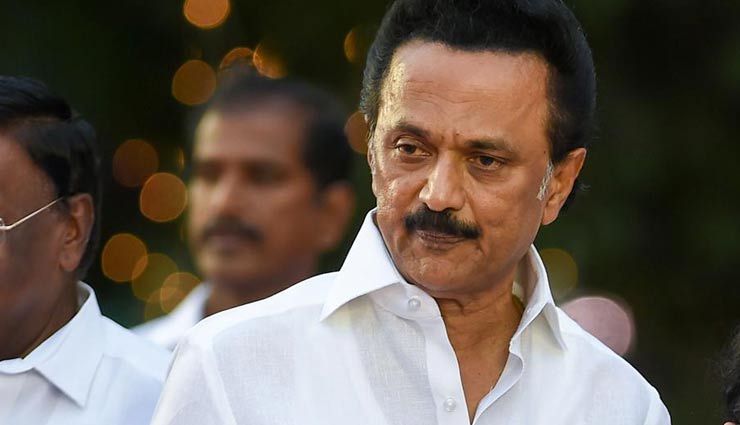

Then there’s “Laughing Yoga,” “Hot Yoga,” “Naked Yoga” and more. In “Goat Yoga” tame goats engage with the practitioners. “Beer Yoga” is held in a barroom, drinking beer during or after the asanas. In addition, curious variations have been invented. The Yoga Journal study estimated in 2016 Americans alone were spending us$16 billion a year on “yoga classes, clothing, equipment and accessories,” and that spending worldwide was likely $80 billion. What exactly are the sources of yoga? What form of yoga is practiced in today’s time and age? Is it more of physical asana and pranayama practice? Or is it more reflective, moving to the antaranga, inner work aspect of yoga, making it a more transformative practice? Finally, I often muse, what could possibly be the future of yoga? Roots of Yogaĭisturbingly, the increasing commercialization in recent years is leading to yoga’s being cut off from its roots. By turning the attention within, yoga enables a process of self-discovery, of joining with one’s true self.Īs a student, seeker and practitioner of yoga, I have tried to ask myself for the sake of clarity some basic questions in order to delve deeper. The word itself means to join, from the Sanskrit root yuj. Yoga, as practice or philosophy, could mean many things to each one of us. Hariprasad Varma joins Tshaphel School in the Haa Valley, Bhutan, for International Yoga Day, 2019 Dorota Babs at her “Velvet Yoga” studio in France Another source estimates this has increased to 55 million in 2020 in America and possibly 200 million worldwide, mostly Indians.


He cites a 2016 study sponsored by Yoga Journal that concluded around 36 million people in America were practicing some form of yoga. Krishnamacharya and his disciples as being responsible for at least half of the yoga that is practiced around the entire world today. Stern, a New York-based ashtanga yoga teacher and author, credits T. Eddie Stern’s book One Simple Thing: A New Look at the Science of Yoga, expounds upon the rich ancient contribution of yoga. Yoga’s influence is unmatched, organic and pervasive. The day gave a boost to yoga in every nook and corner of the world. The adoption of this resolution with a record 175 co-sponsors marked a widely acknowledged chapter in India’s soft power story. The great religions of Hinduism, Buddhism, Jainism and Sikhism, now widespread, are all Indian exports.įive years ago, India put yoga on the global map by inspiring the United Nations and countries worldwide to declare June 21, the summer solstice, as International Yoga Day for the benefit of humanity. Swami Vivekananda’s famous speech at the World Parliament of Religions in 1893, along with his subsequent teaching mission in the West, popularized yoga and meditation in the West. Michel Danino’s book, The Lost River: On the Trail of the Sarasvati, describes Mohenjo Daro (in today’s Pakistan)-believed to be the world’s largest city of its time-as actively engaged with other countries, from Europe to Mesopotamia to China. While the term soft power has its genesis in the West, India’s soft power has influenced the world from time immemorial. unlike hard power, it works by changing people’s interests and preferences, thus wielding its influence from within. India Foundation’s Center for Public Diplomacy and Soft Power collaborates with Ritambhara Ashram to promote International Yoga Day


 0 kommentar(er)
0 kommentar(er)
